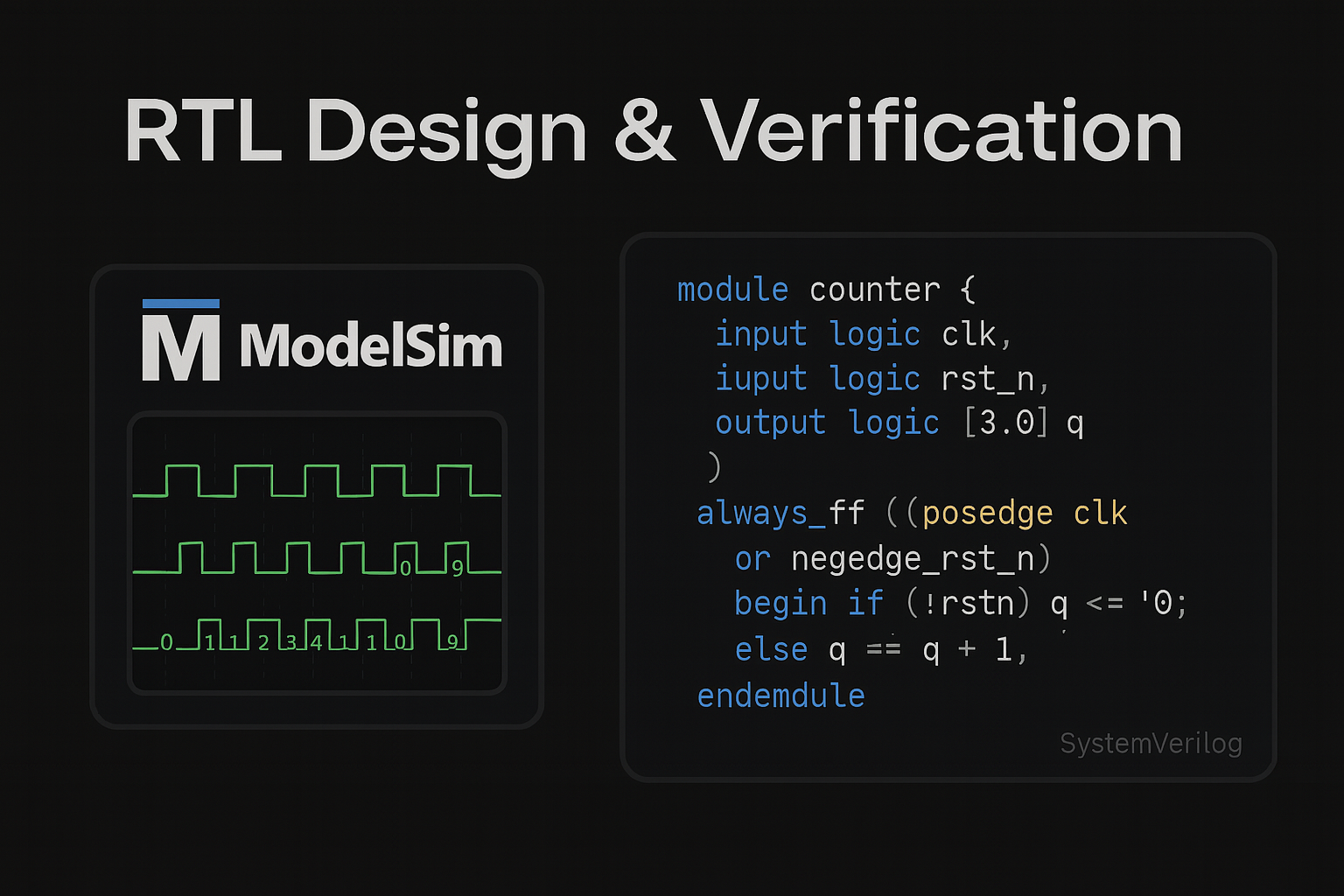The goal of this project was to design and verify the ASCON128 cipher, a lightweight authenticated encryption algorithm (AEAD). The focus was on building a correct and modular RTL design in SystemVerilog and validating its functionality through behavioral simulation using ModelSim.
System Architecture
ASCON128 operates on a 320-bit internal state divided into five 64-bit words. The encryption process includes several phases: initialization, associated data processing, plaintext encryption, and finalization with authentication tag generation.
To implement this algorithm in RTL, the project was divided into the following components:
Constant Addition (PC) – injects round constants into the state during each round.
Substitution Layer (PS) – applies parallel 5-bit S-box transformations.
Diffusion Layer (PL) – spreads information across the state for proper mixing.
Permutation Engine – executes sequences of 6 or 12 rounds, combining the above layers.
XOR Modules & Registers – handle integration of keys, plaintext, and associated data.
FSM (Finite State Machine) – controls the sequencing of operations (partially implemented for initialization).
The permutation core with all its components (constants, S-box, diffusion, XORs, and registers) was fully implemented and verified against reference values.
Used Tools
SystemVerilog for RTL design
ModelSim for compilation and simulation of testbenches
- VS Code for source code management and organization

